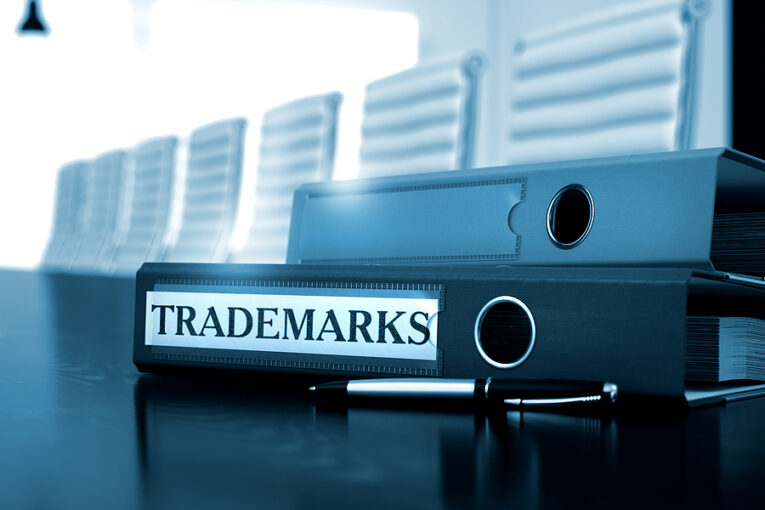Trademark Oppositions: A Guide for Businesses
Trademarks are critical assets for companies, representing years of brand building and customer trust. However, trademarks also frequently become sources of conflict between businesses. Trademark oppositions occur when one party legally challenges another’s trademark application on grounds that it infringes on their rights.
Navigating a trademark opposition can be complex for companies without legal expertise. This guide covers key aspects of understanding and participating in trademark oppositions, including:
- What a trademark opposition entails
- The role of the USPTO in oppositions
- Steps for filing and answering an opposition
- Common grounds for opposing trademarks
- Establishing legal standing to oppose
- Best practices for preparing an effective opposition case
What is a trademark opposition?
A trademark opposition is a formal legal proceeding initiated when one party (the opposer) objects to another party’s application to register a trademark with the United States Patent and Trademark Office (USPTO). Oppositions allow third parties to dispute trademarks before they are registered on the grounds that the proposed mark conflicts with their own rights.
Common reasons companies file oppositions include:
- Trademark infringement: An applied-for mark is confusingly similar to the opposer’s trademark
- Trademark dilution: The proposed mark weakens the uniqueness and value of the opposer’s famous trademark
- Breach of prior rights: The applicant does not actually have superior rights to use the mark
If an opposition is upheld, the USPTO may refuse the trademark application or place restrictions on its registration. This helps resolve disputes administratively instead of through courtroom litigation.
The USPTO’s Role in Oppositions
The USPTO has a central role in overseeing trademark oppositions through two key bodies:
- Trademark Electronic Application System (TEAS), an Online platform for filing oppositions and related documents
- Trademark Trial and Appeal Board (TTAB), an Impartial body that judges opposition cases
USPTO’s TEAS System
The TEAS platform allows parties to:
- File a Notice of Opposition and subsequent briefs
- Access documents related to the case
- Check status of the opposition
- Make fee payments
Using TEAS appropriately is vital, as procedural errors can undermine an opposition.
Trademark Trial and Appeal Board (TTAB)
The TTAB renders the final judgment in opposition proceedings based on arguments and evidence submitted by the parties. Key TTAB responsibilities include:
- Reviewing the notice of opposition
- Considering merits of each side’s claims
- Determining if the grounds for opposition are valid
- deciding if the trademark should be registered or be denied
While the TTAB follows federal regulations, it is considered more expeditious and cost-effective for parties than a federal court.
Filing and Answering an Opposition
The steps for commencing and responding to a trademark opposition include:
Initiating an Opposition
An opposition begins when the opposer files a Notice of Opposition within 30 days of the trademark application’s publication in the USPTO’s Official Gazette. This notice must:
- Identify grounds for opposing the mark
- Specify goods or services being opposed
Failure to file on time can jeopardize rights to later oppose.
Filing the Opposition Notice
After preparing the opposition notice, it must be filed via the TEAS system, following all technical and procedural requirements. Supporting evidence should also be attached. Key tips:
- Carefully follow form filing requirements
- Double-check submission before sending
- Save confirmation of successful filing
Mistakes can lead to dismissal, so reviewing guidelines or enlisting an attorney is wise.
Answering an Opposition position
Once the opposition is served, the applicant has 40 days to file an answer defending their application. The answer should be:
- Address each ground and allegation
- Provide clear, factual responses
Without answering, the applicant risks default judgment against them. Consulting an attorney is recommended, given the legal complexities.
Common Grounds for Trademark Oppositions
Among the most frequent grounds parties assert when opposing trademarks are:
Likelihood of Confusion
The opposer argues the applicant’s mark is excessively similar to their own mark, creating customer confusion regarding the goods and services offered under each mark. Factors considered include:
- Similarity of the marks
- Relatedness of offerings
- Strength of the opponent’s mark
- Evidence of actual confusion
If the likelihood of confusion is demonstrated, it can be grounds to refuse registration.
Mere Descriptiveness
The opposer claims the proposed trademark merely describes, rather than identifies, the applicant’s goods or services. Evidence includes:
- Dictionary definitions
- Internet archives
- Consumer surveys
Secondary meaning—acquired distinctiveness among customers—must also be disproven.
Lack of Bona Fide Intent
Here, the opposer argues the applicant lacks genuine intent to actually use the mark for stated commercial purposes. Factors scrutinized include:
- Lack of relevant business activities
- No marketing or promotion of mark
- Other non-use indicators
This ground challenges the applicant’s basic eligibility for registration.
Establishing Legal Standing to Oppose
Before assessing merits, the TTAB determines whether the opposer has legal standing—demonstrated interest in the case and harm from registration. Requirements include:
- Direct commercial interest
- Evidence of damages if mark registers
This ensures only valid disputes proceed. Meeting standing requirements is also critical for maintaining opposition if challenged. Legal counsel can help develop arguments and evidence.
Best Practices for Preparing an Opposition
Careful preparation and execution are key to success in navigating a trademark opposition.
Assess Chance of Prevailing
Evaluate the relative strengths and weaknesses of your case at the outset. This allows for the development of a realistic legal strategy and the avoidance of unnecessary efforts.
Gather Supporting Evidence
Evidence types that apply depend on the nature of the case. But the more compelling evidence demonstrating grounds for opposition, the better.
Consult an Attorney
An experienced trademark attorney provides invaluable help in assessing your situation, identifying arguments, meeting requirements, and advocating effectively to the TTAB. Their expertise can often make or break an opposition.
While trademark oppositions can be daunting for companies without specialized legal resources, understanding opposition basics, leveraging USPTO procedures, and smart preparation enable the development of an effective opposition case or defense. Companies should further educate themselves on related concepts like trademark infringement, dilution, and litigation procedures to protect brands.





